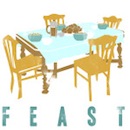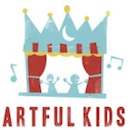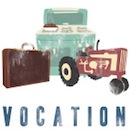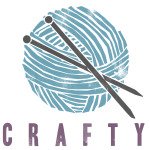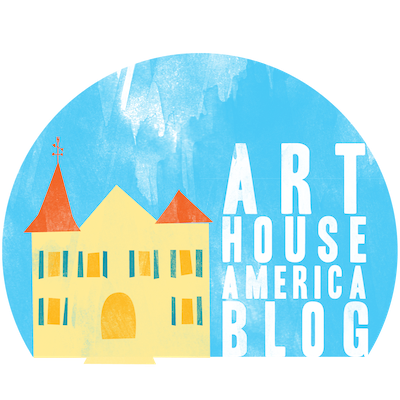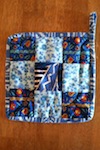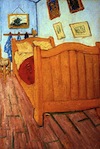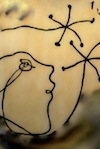In this season, I’m hoping to find my way with fewer people in the house and more solitude. I’m not naïve enough to expect perfection, but I do need time. As any writer knows, you must show up regularly to get your work done. It must be given priority and long hours of concentration. I write best if I start first thing in the morning, which means pushing everything else aside: walking past the dirty dishes in the kitchen sink, not starting a load of laundry, resisting the urge to restore order in the household, and going directly to my desk.
 We, as creators, need to acknowledge that we are ourselves created, that we are characters in a bigger story. And when we empty ourselves of the responsibility for striking the creative spark, when we understand our “gift” as something given to us, something we don’t deserve and can’t earn, when we open ourselves up and confess our weakness in our own sub-creation, we are open to the perfection of a strength far greater than our own.
We, as creators, need to acknowledge that we are ourselves created, that we are characters in a bigger story. And when we empty ourselves of the responsibility for striking the creative spark, when we understand our “gift” as something given to us, something we don’t deserve and can’t earn, when we open ourselves up and confess our weakness in our own sub-creation, we are open to the perfection of a strength far greater than our own. We, as creators, need to acknowledge that we are ourselves created, that we are characters in a bigger story. And when we empty ourselves of the responsibility for striking the creative spark, when we understand our “gift” as something given to us, something we don’t deserve and can’t earn, when we open ourselves up and confess our weakness in our own sub-creation, we are open to the perfection of a strength far greater than our own.
We, as creators, need to acknowledge that we are ourselves created, that we are characters in a bigger story. And when we empty ourselves of the responsibility for striking the creative spark, when we understand our “gift” as something given to us, something we don’t deserve and can’t earn, when we open ourselves up and confess our weakness in our own sub-creation, we are open to the perfection of a strength far greater than our own.



